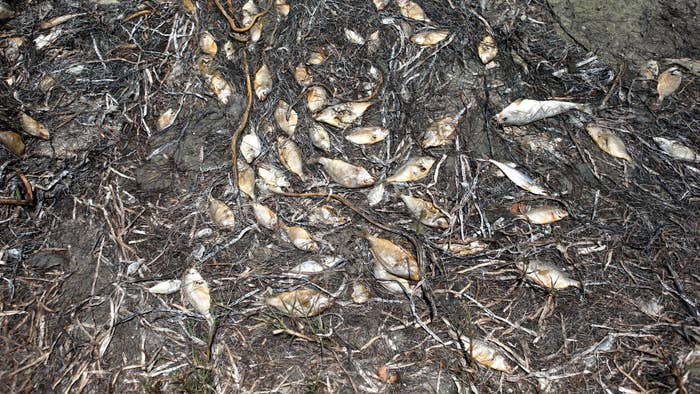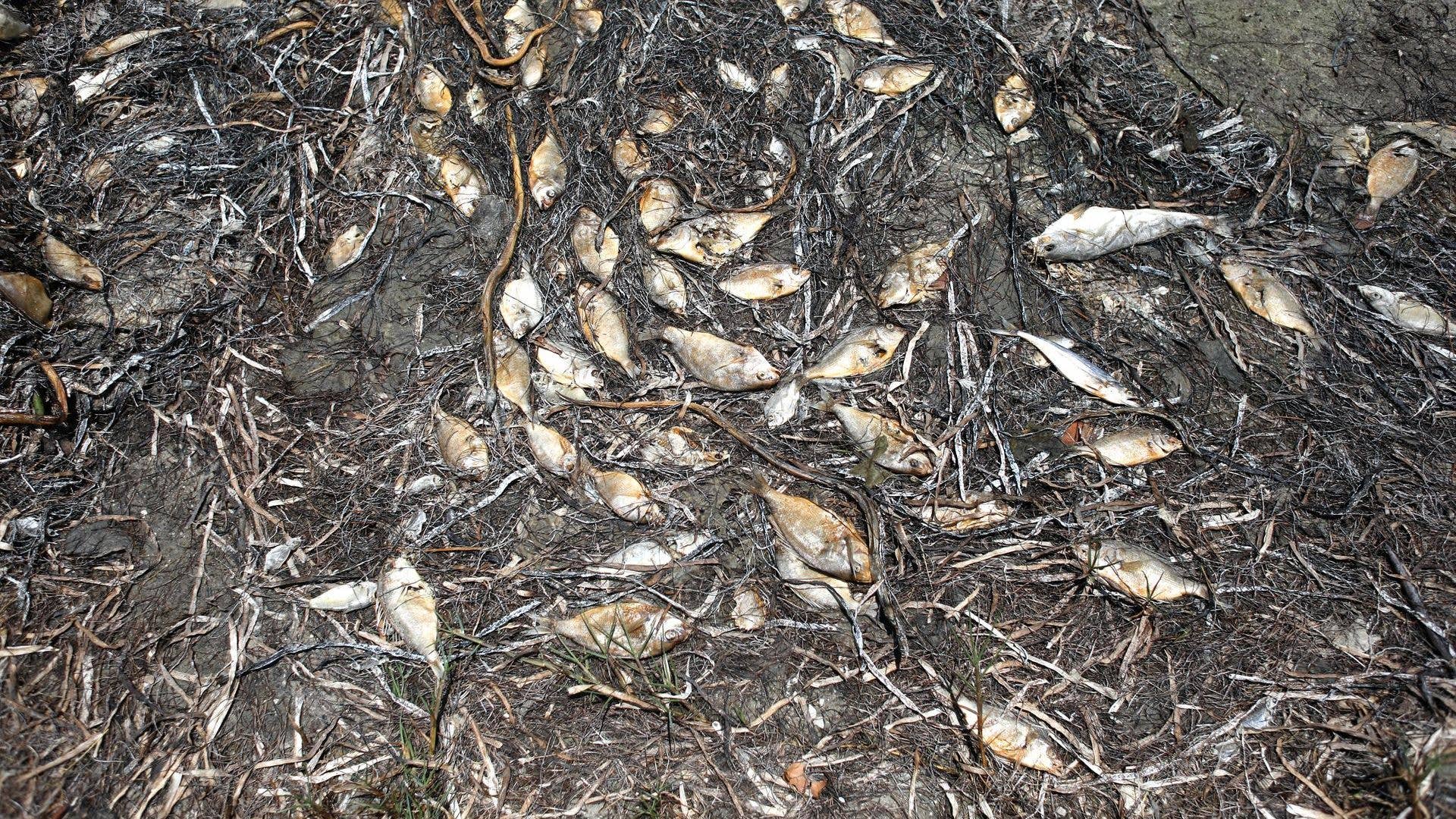
Numerous fish have been wiped out in a “red tide”—or a toxic algae bloom—on Florida’s Gulf Coast over the last several weeks, and now they’re winding up on shores in the Tampa Bay area.
Described as discolored and soupy waters, CNN reports that experts consider the yearly red tide as the worst Tampa has ever had.
“The bay is really hurting right now,” Pinellas County resident and assistant director of the Tampa Bay Estuary Program Maya Burke told NPR. “It’s significant numbers of dead fish all up and down the food chain, from small forage fish all the way up to tarpon, manatees, dolphins. … If it’s swimming in the bay, right now it’s washing up dead.”
If humans are exposed to the blooms, they too can have issues, such as respiratory irritation, but fish usually get the worst of it. Since early June, clumps of fish have been washing up on the shores, likely as a response to the Tropical Storm Elsa winds, and the Pinellas County solid waste division has reported that it has cleaned up roughly 600 tons of fish since late June.
“We scrape the beaches. We get it cleaned up — as soon as those tides change, we have fish right back in,” said St. Petersburg’s emergency manager Amber Boulding. “We don’t know the end of it.”
And while the blooms are natural, Richard Stumpf, an oceanographer at the National Oceanic and Atmospheric Administration told NPR that “this is not normal” when it comes to it’s timing and severity.
“The fact that it’s been three years since the last one is not good,” he said.

